
AeroGenie - مساعد الطيار الذكي الخاص بك.
الرائج الآن
Categories
Geneva Airport Enhances Passenger Experience Through Digital Innovation

Geneva Airport Enhances Passenger Experience Through Digital Innovation
Accelerating Digital Transformation Amid Growing Demand
Geneva Airport is undertaking a significant digital transformation to accommodate a projected increase in passenger numbers, expected to reach 20 million by 2030. In response to this growth, the airport has implemented a cutting-edge Airport Operations System (AOS) developed by SITA. This initiative aims to streamline passenger journeys and improve operational efficiency, positioning Geneva as a leading example among mid-sized European airports striving to balance expansion with sustainability.
The newly introduced AOS integrates the management of aircraft movements, parking stands, check-in counters, boarding gates, and baggage belts. It also disseminates real-time flight information through screens and mobile applications, enhancing passenger awareness and convenience. Since the introduction of self-service bag drop technology at the end of 2023, which has since been upgraded with additional features, queue times have decreased markedly. The full deployment of self-service counters has contributed to a 70% increase in traveller satisfaction, underscoring the positive impact of these digital enhancements.
Gilles Ruffenacht, CEO of Geneva Airport, emphasized the dual focus of the investment: “The investment in our terminal infrastructure is as much about today’s requirements for a digital, automated passenger journey as it is about sustainably accommodating more passengers in the future.” He further highlighted the importance of the partnership with SITA in advancing the airport’s modernization efforts.
Integrated Operations and Industry Challenges
Behind the scenes, SITA’s AOS consolidates multiple systems—including the Airport Management System, resource allocation tools, and the Information Display System—into a unified platform. This integration grants airlines, ground handlers, and airport personnel real-time operational visibility, facilitating quicker decision-making and improved coordination with passenger flows. The system’s adaptability enables Geneva Airport to respond swiftly to changing conditions, optimizing the management of passengers, baggage, and aircraft operations.
Despite these advancements, the airport faces notable challenges. The substantial investment required for technology infrastructure remains a critical consideration. Additionally, cybersecurity threats pose an ongoing risk, highlighted by recent incidents such as the cyber attack on Heathrow Airport. The transition to digital workflows also presents potential resistance from traditional service providers adjusting to new operational models.
Industry experts observe that Geneva’s digital initiatives may inspire similar efforts at other airports. Sydney Airport, for instance, has recently collaborated with SkyBus to enhance its passenger experience, reflecting a wider trend of airports leveraging innovation to maintain competitiveness.
Sergio Colella, President of Europe at SITA, remarked, “Across Europe, airports are preparing for rising passenger numbers while tackling the twin pressures of increased capacity with limited space and sustainability pressures. Geneva Airport is showing how smart use of self-service and operational data can deliver a smoother passenger journey while optimising airport resources. By fully integrating its AOS, Geneva now has real-time visibility and scalability across all operations, setting a benchmark for others to follow.”
Future Outlook and Strategic Development
Geneva Airport’s digital strategy forms a key component of its broader modernization agenda, which includes the planned replacement of the main terminal under the CAP2030 project. The current digital initiatives also establish the groundwork for an Airport Operations Plan (AOP), designed to enhance collaboration among all airport stakeholders. As Geneva continues to evolve, its experience underscores both the opportunities and complexities inherent in digital transformation within the aviation sector.
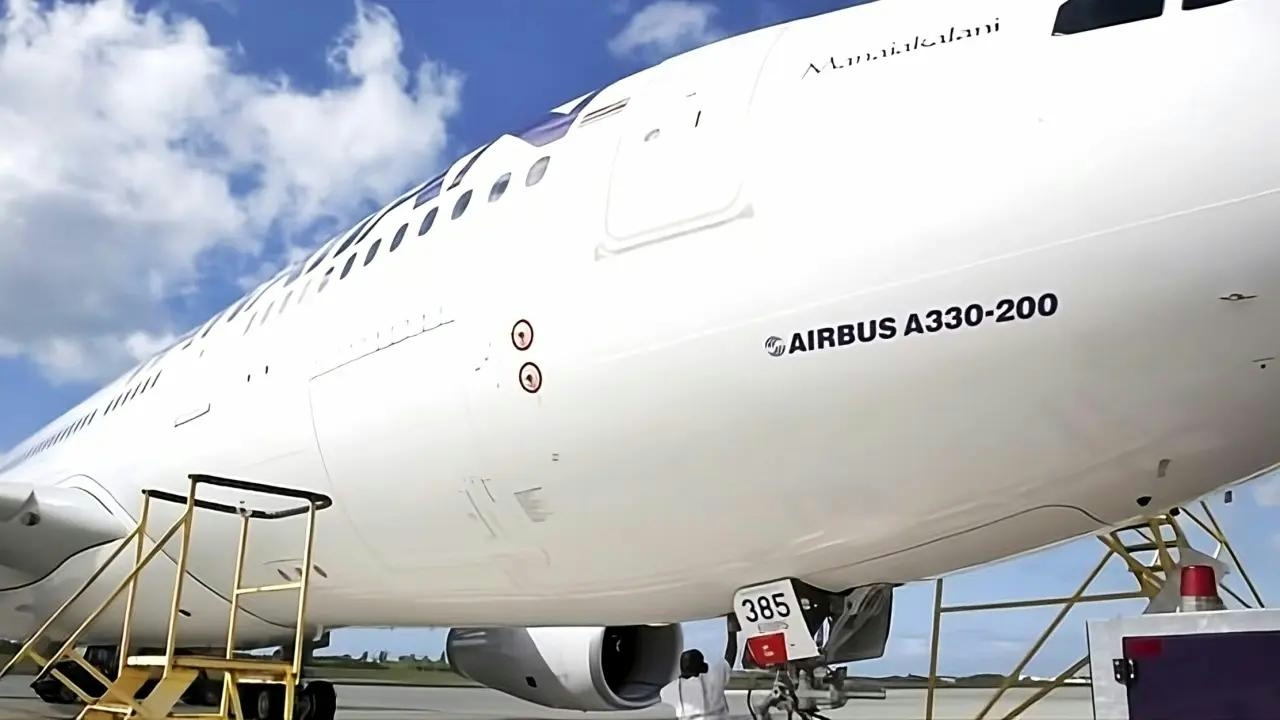
Why Low-Cost Airlines Rarely Use Widebody Aircraft
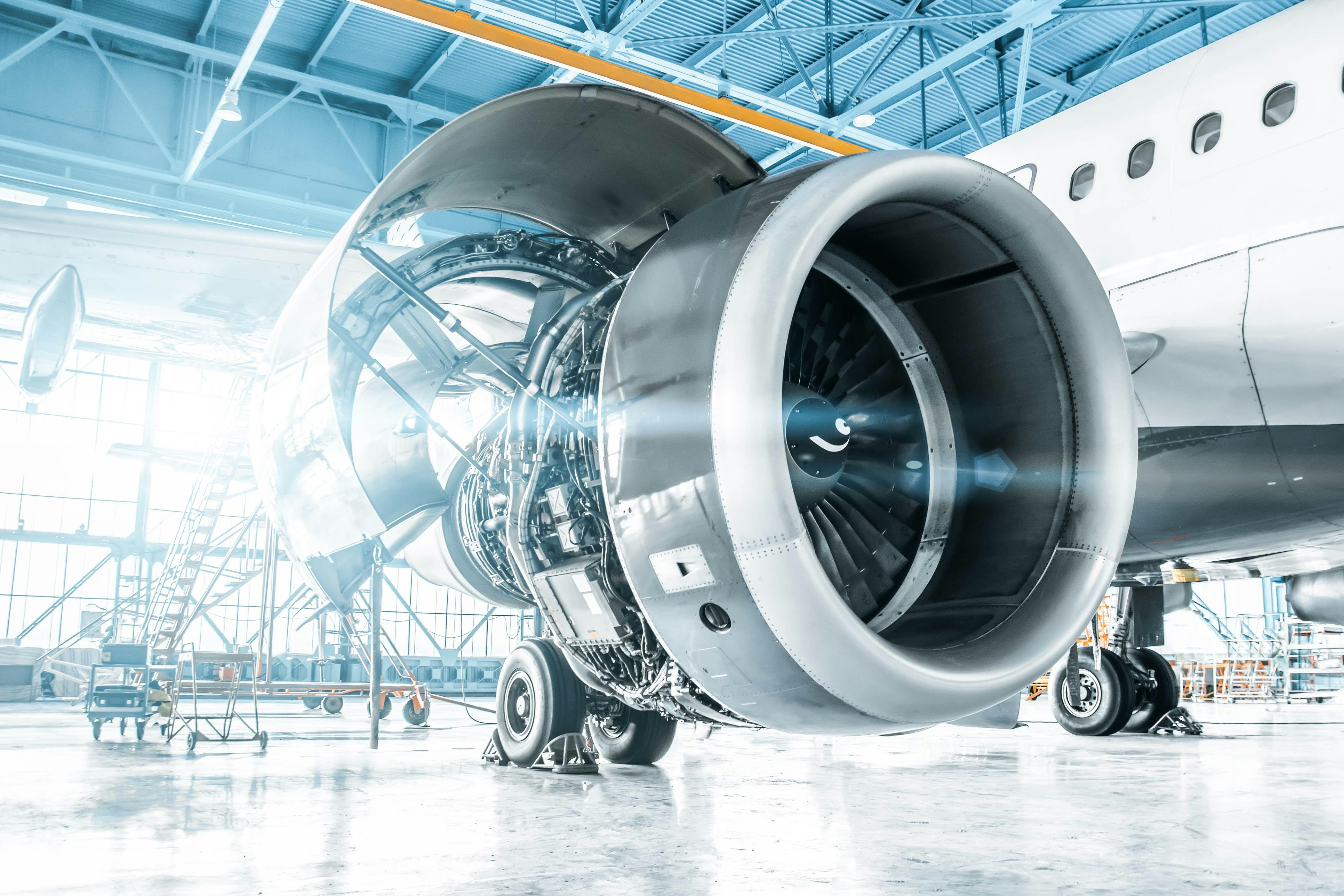
Encouraging Investment in Clean Aviation Innovation Through Risk Incentives
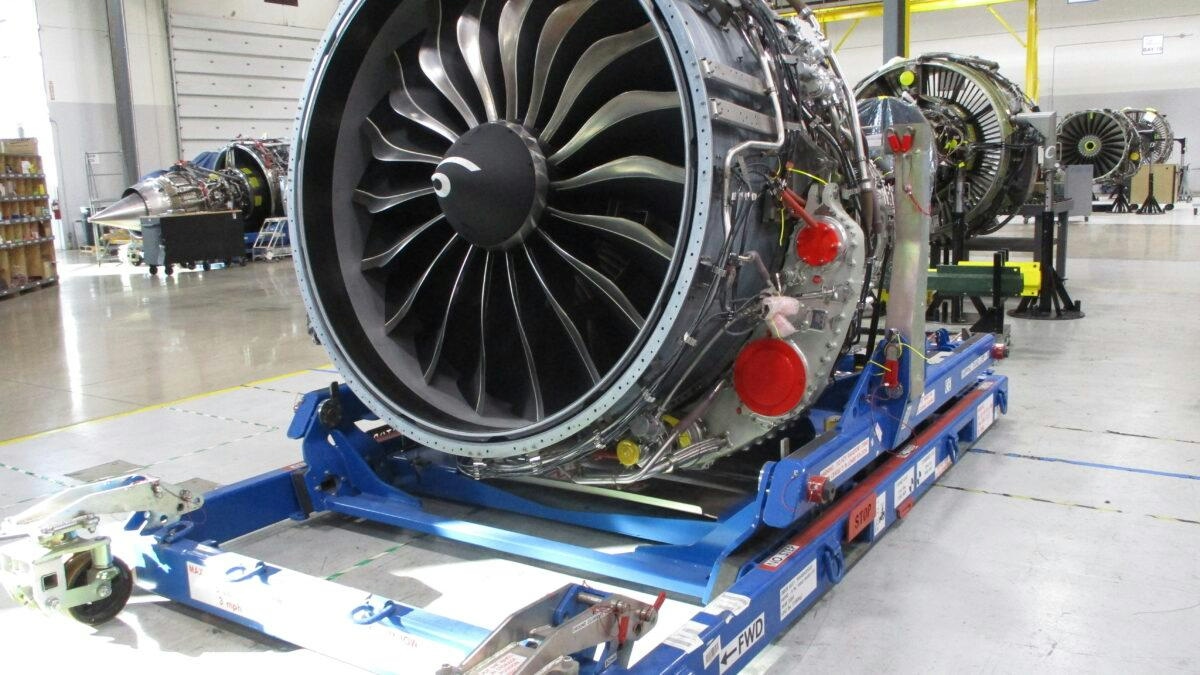
Prince Aviation secures first Indian MRO client

United Airlines CFO Says AI Has Eliminated 8% of Jobs, Outlines Future Cuts
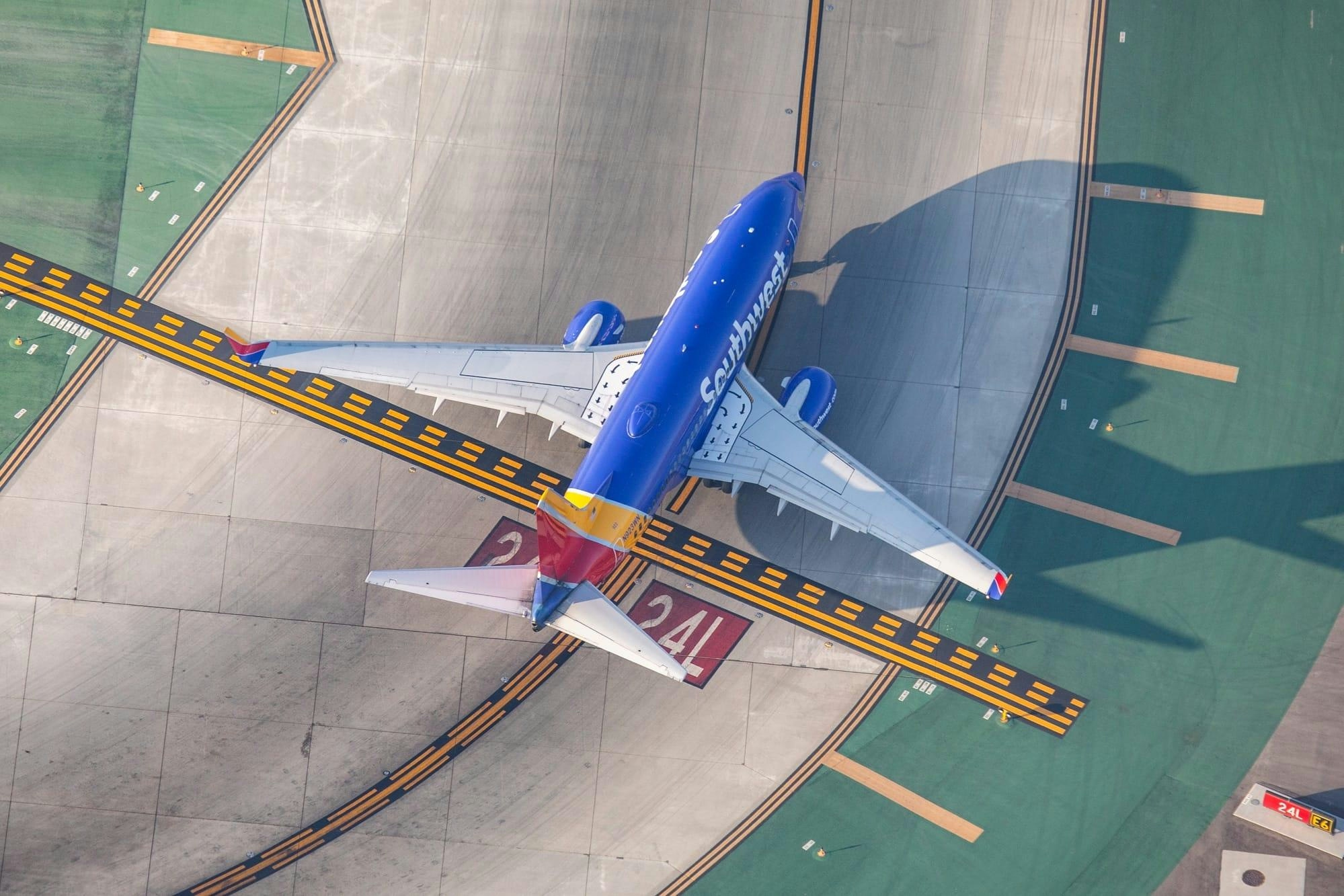
Southwest Airlines Highlights Challenges of AI Integration

ANA Introduces ‘neoAI Chat’ Platform to Improve Operations and Customer Service
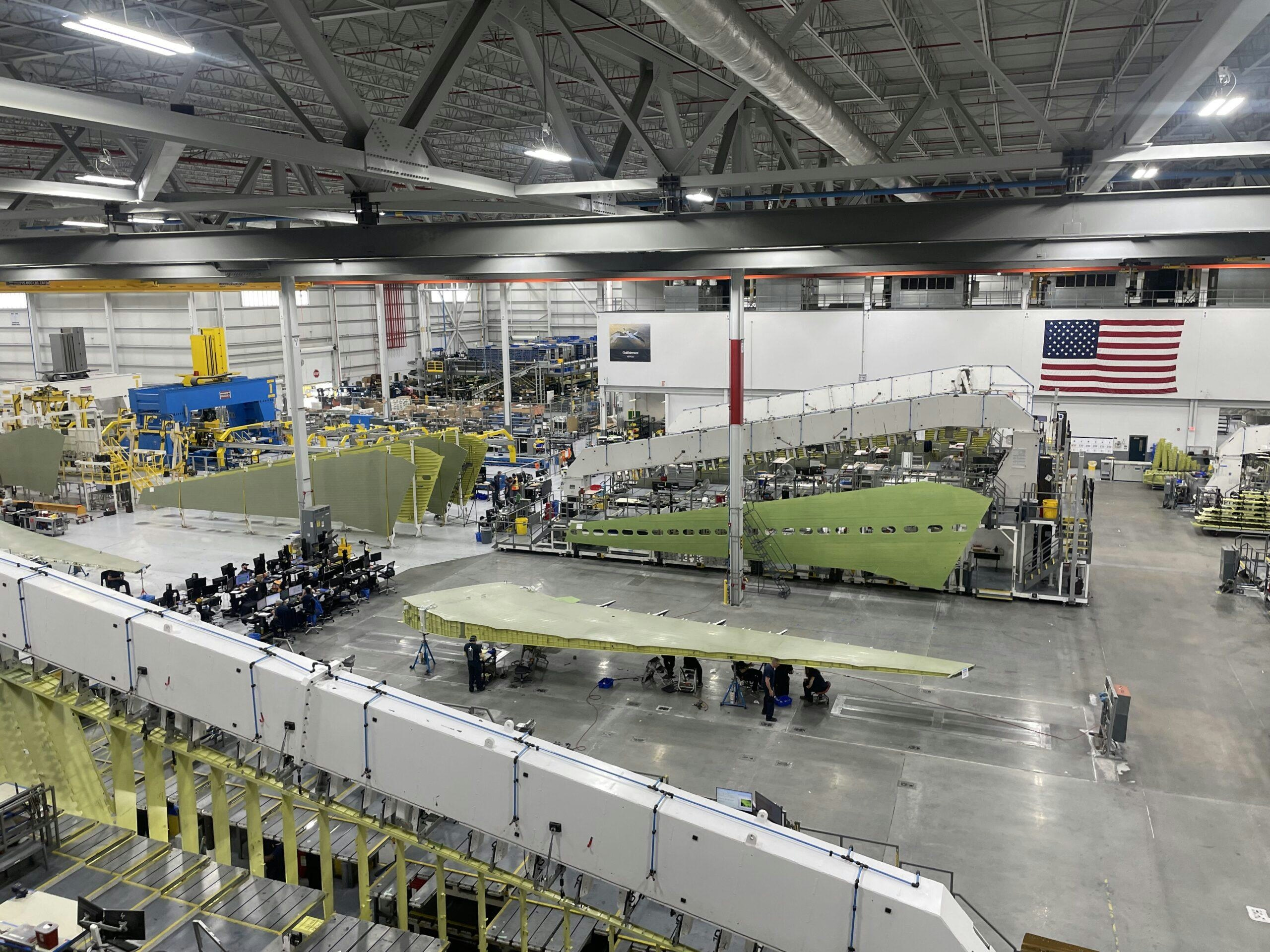
Gulfstream and Dassault Open New Maintenance Centers in Texas and Florida
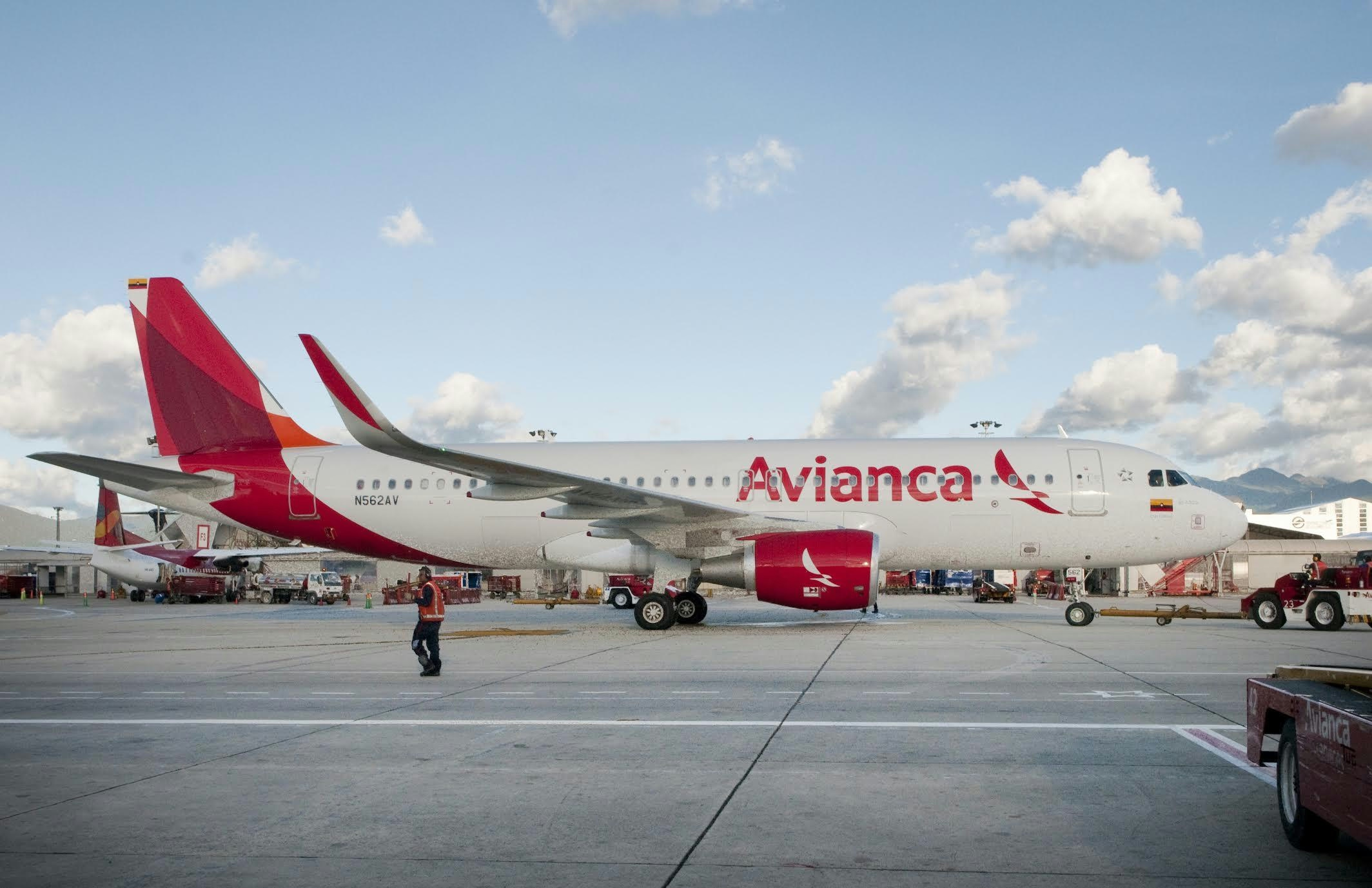
Abra Group Orders 57 Airbus Jets and Launches ACMI Airline in Chile
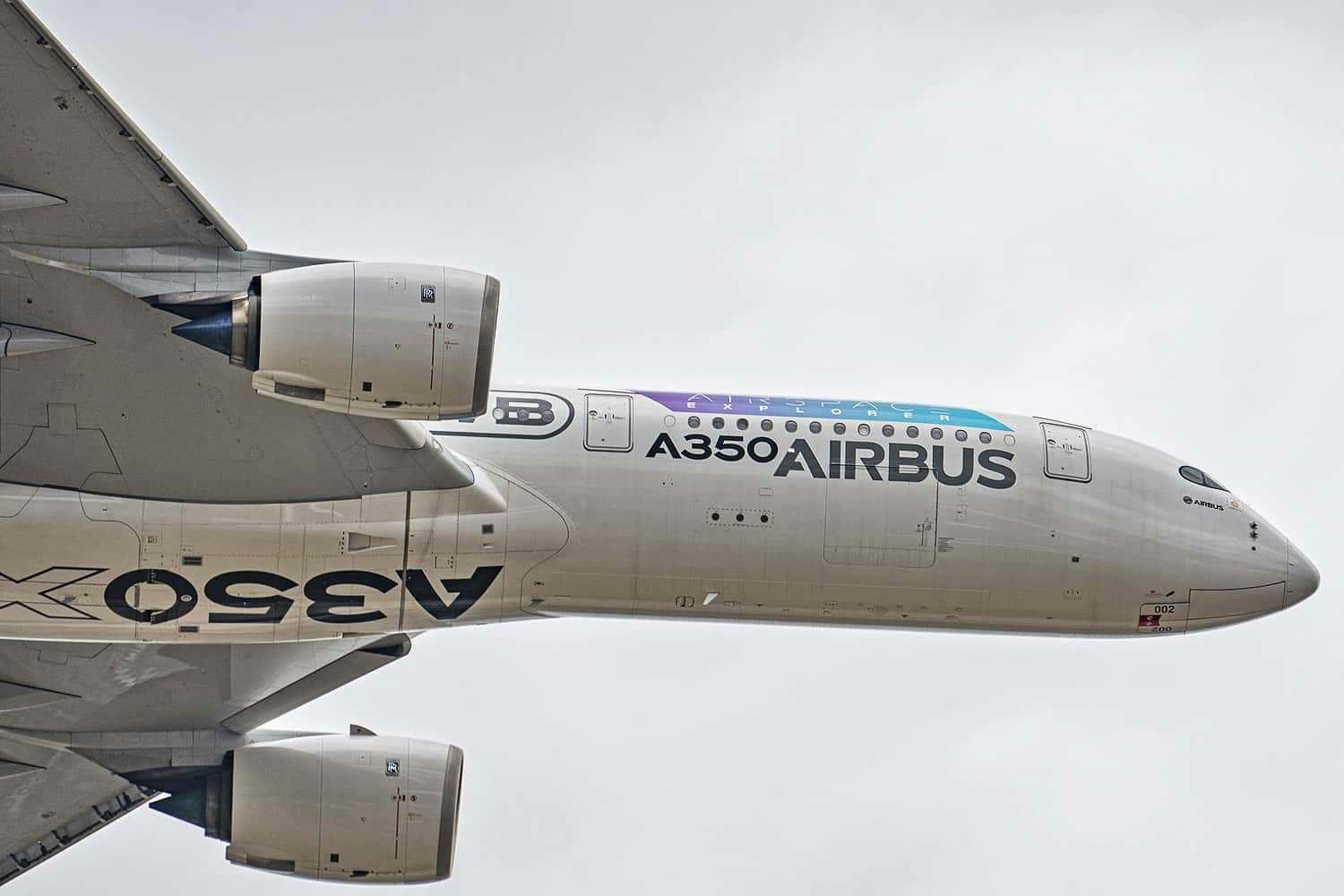
Abra Group Orders More Airbus A320neo and A350-900 Aircraft
